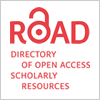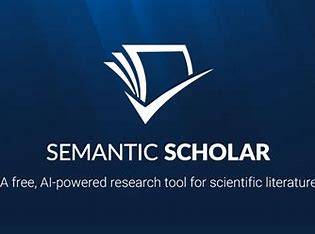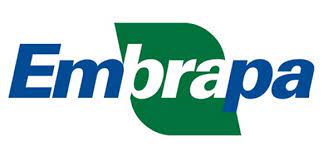APPLICATION OF EDUCATIONAL SOFTWARE AS AN AUXILIARY TOOL IN THE TEACHING-LEARNING PROCESS AND ENGAGEMENT OF YOUNG PEOPLE IN THE CHEMISTRY DISCIPLINE: AN EXPERIENCE REPORT OF THE SUPERVISED INTERNSHIP IN COMPUTING CARRIED OUT IN A PUBLIC SCHOOL IN AMAZONAS
DOI:
https://doi.org/10.47820/recima21.v4i8.3722Keywords:
Internship, Teaching-learning, Educational SoftwareAbstract
This article describes the experience of an internship in computing held in a public school in the interior of Amazonas. During the internship, educational software was used as pedagogical tools, with the objective of improving the teaching-learning process and student engagement. The first stage of the internship consisted of the observation of chemistry classes, where it was identified that the students had difficulties in concentrating due to the excessive use of cell phones. Based on this, pedagogical strategies were developed to overcome these challenges. A class was proposed with the use of the software Lab. of Mixtures and the Quizzer, which provided interaction and evaluation of the students. The results obtained were surprising, because the students focused more on the classes and were interested in the content presented. In addition, these softwares have enabled new ways to disseminate knowledge. In summary, the use of educational technologies in the teaching of chemistry brought significant benefits, making the classes more practical, dynamic and interactive.
Downloads
References
BRASIL, Ministério da Educação. Constituição Federal. Brasília, 1988.
BRASIL_2, Ministério da Educação. Lei de Diretrizes e Bases. Brasília, 1996.
DENZIN, N. K.; LINCOLN, Y. S. Handbook of qualitative research. Sage Publications, 2011.
Evobooks. Lab. de Misturas. Versão 1.9. – Disponível: https://play.google.com/store/apps/details?id=com.evobooks.SeparacaoDeMisturasDemo. Acessado em: 09/03/2023 às 15:32:15.
GIL, A. C. Como elaborar projetos de pesquisa. 4. ed. São Paulo: Atlas, 2007.
GOMES, A.S.; CASTRO-FILHO, J. A. GITIRANA, V.; SPINILLP, A.; Alves, M.; MELO, M.; XIMENES, J. Avaliação de software educativo para o ensino de matemática. Em E. F. Ramos (ed.) Convergências Tecnológicas – Redesenhando as Fronteiras da Ciência e da Educação: Anais. SBC 2002. ISBN: 85-88442-27-2 v. 5.
KAAP, K., 2012. “The Gamification of Learning and Instruction: Game-based Methods and Strategies for Training and Education”, Pfeiffer, 2012.
Lévy, P. (1999). Cibercultura. Ed. 34.
SANCHO, Juana. Para uma tecnologia educacional. Porto Alegre: ArtMed, 1998.
SANT’ANNA, Alexandre. NASCIMENTO, Paulo Roberto do. A história do lúdico na educação. Universidade Cruzeiro do Sul, São Paulo – SP, 2001.
Tajra, S. F (2000). Informática na Educação: novas ferramentas pedagógicas para o professor da atualidade. 2ª ed. São Paulo: Editora Érica.
VALENTE, J. A. O uso inteligente do computador na educação. Revista Pátio. Ano I nº 1, Mai/Jul, p. 19-21. 1997.
Yanes, Sergio. Quizzer. Versão 1.8.6. Disponível em: https://play.google.com/store/apps/details?id=com.sergioyanes.quizzer. Acessado em: 09/03/2023 às 15:45:26.
Downloads
Published
How to Cite
License
Copyright (c) 2023 RECIMA21 - Revista Científica Multidisciplinar - ISSN 2675-6218

This work is licensed under a Creative Commons Attribution 4.0 International License.
Os direitos autorais dos artigos/resenhas/TCCs publicados pertecem à revista RECIMA21, e seguem o padrão Creative Commons (CC BY 4.0), permitindo a cópia ou reprodução, desde que cite a fonte e respeite os direitos dos autores e contenham menção aos mesmos nos créditos. Toda e qualquer obra publicada na revista, seu conteúdo é de responsabilidade dos autores, cabendo a RECIMA21 apenas ser o veículo de divulgação, seguindo os padrões nacionais e internacionais de publicação.

 Clique para ver detalhes
Clique para ver detalhes 











